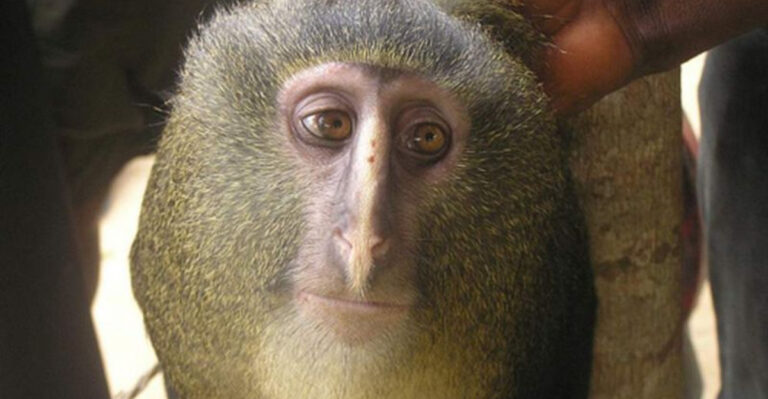8 Fish That Are Sensitive To Water Changes (And 7 That Are Hardy Survivors)
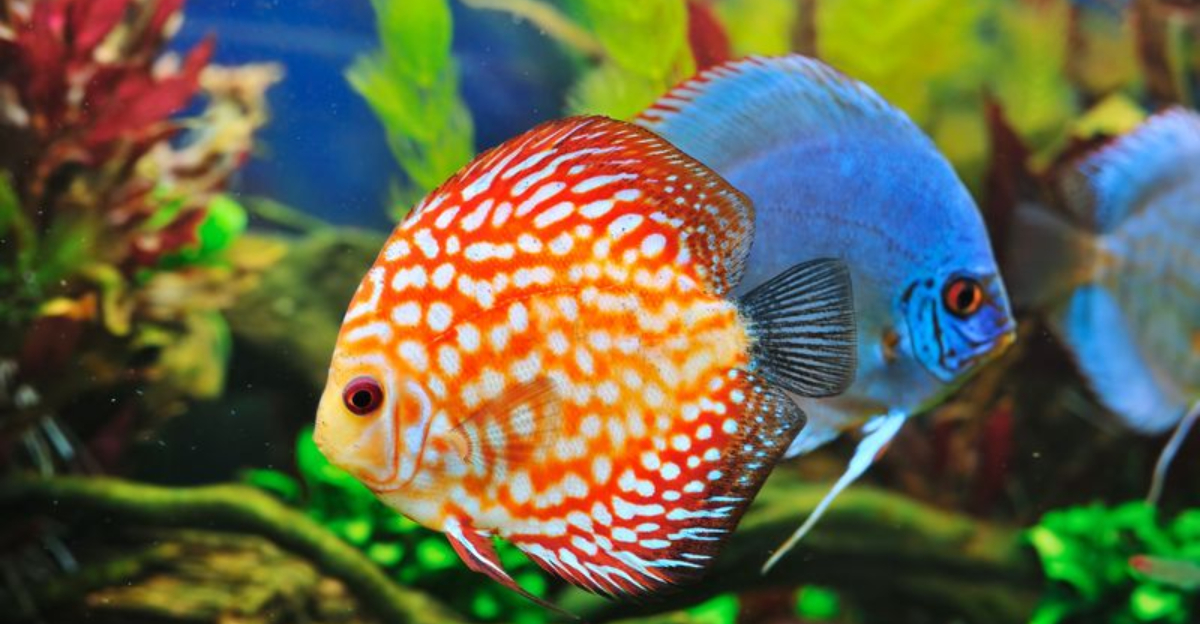
Keeping fish healthy requires understanding how they respond to changes in their watery world. Some fish are like delicate flowers, wilting at the slightest shift in water chemistry or temperature.
Others are aquatic warriors, able to thrive even when conditions aren’t perfect. Knowing which species fall into each category can make all the difference in your success as an aquarium keeper.
1. Angelfish: The Temperamental Treasures
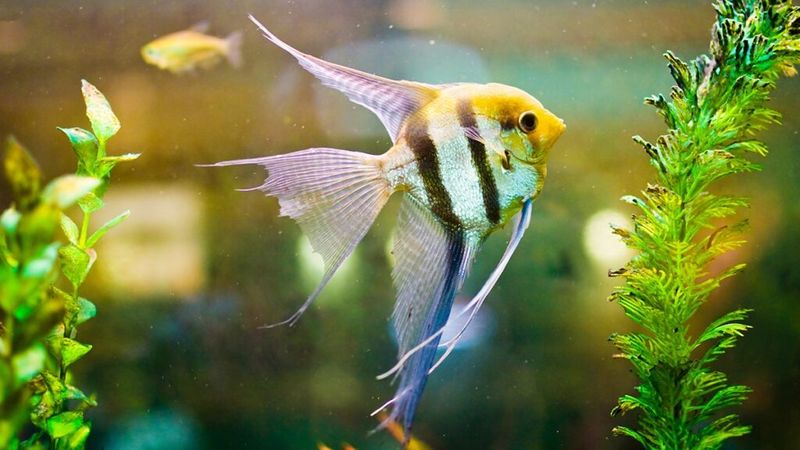
Majestic with their triangular bodies and flowing fins, angelfish react strongly to water instability. Their elegant appearance masks a surprising sensitivity to sudden shifts in hardness and pH.
Native to soft, acidic waters of the Amazon, these fish struggle when parameters swing wildly. Many angelfish develop black stress marks or clamp their fins when water conditions deteriorate. Their long-term health depends on maintaining consistent water chemistry throughout their lives.
2. Clownfish: Not Just Finding Nemo
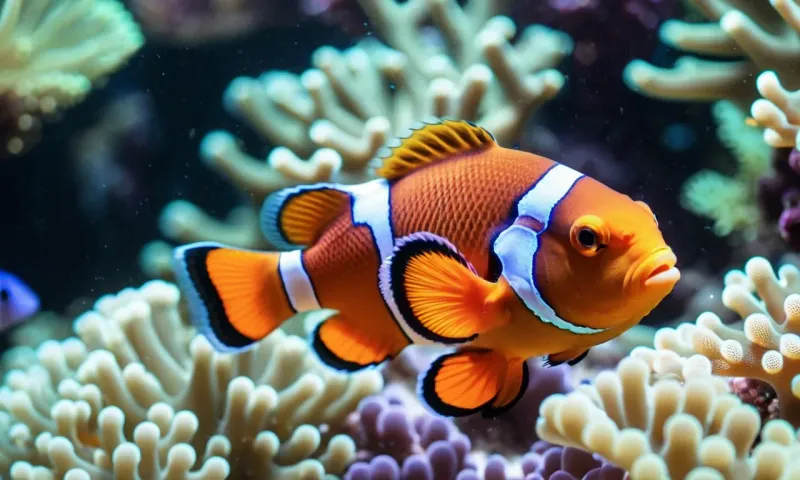
Behind their celebrity status lurks a fish that demands stability. Clownfish might seem hardy in well-established marine tanks, but they’re surprisingly fragile during water changes.
Their distinctive relationship with anemones makes them particularly sensitive to salinity fluctuations. Even small changes can stress these orange-striped favorites. Captive-bred specimens tend to be somewhat tougher than their wild counterparts, but all clownfish appreciate gradual, careful adjustments to their salty homes.
3. Neon Tetras: Tiny But Temperamental
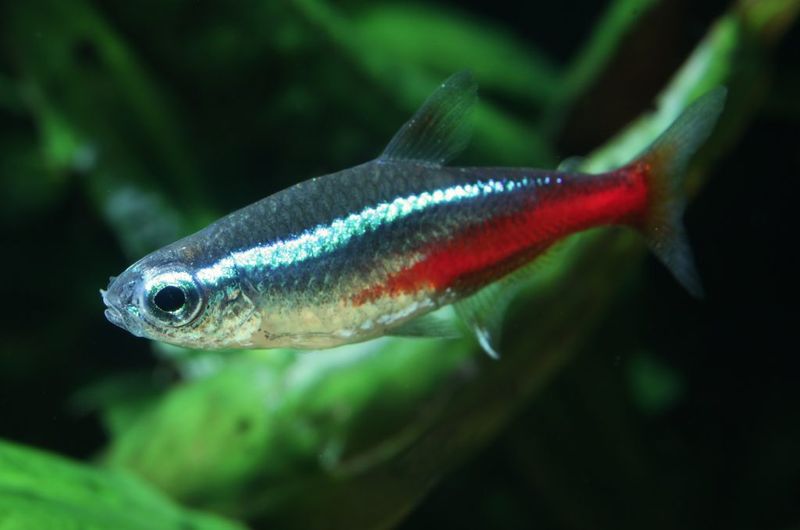
Those glowing blue stripes hide a surprisingly delicate constitution. Neon tetras, despite being aquarium staples, often succumb to what hobbyists call “neon tetra disease” when water parameters fluctuate.
Originally from extremely stable blackwater streams in South America, these inch-long jewels prefer consistent acidity and temperature. Their brilliant colors fade quickly when stressed by water changes. Many aquarists lose these popular fish simply because they underestimate how seriously neons take their water quality.
4. Guppies: Colorful But Cautious
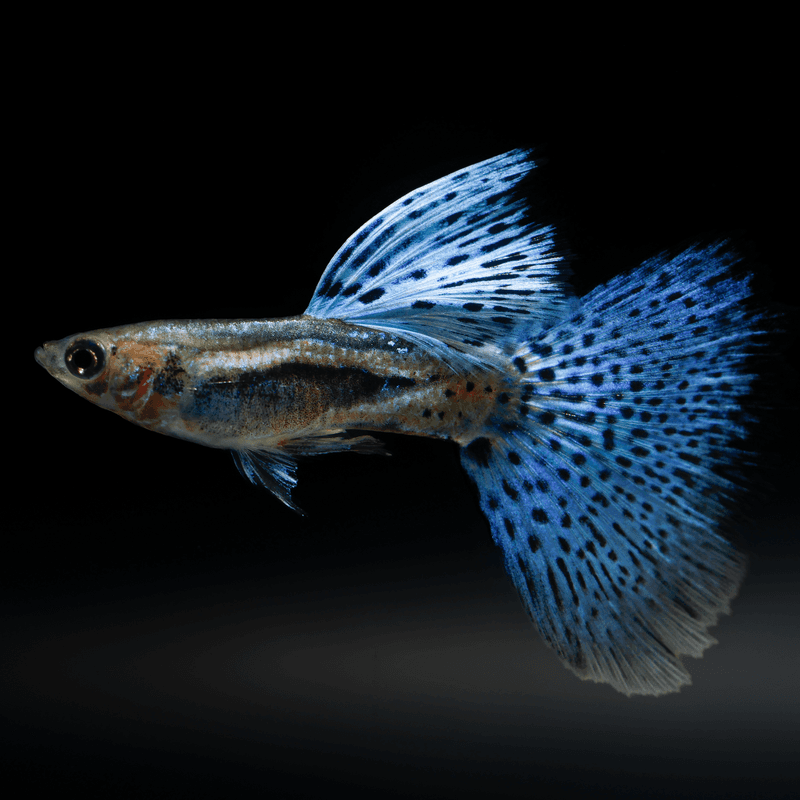
Don’t let their ubiquity fool you—guppies have definite water preferences. These popular livebearers display their discomfort through clamped fins and color loss when temperatures swing too quickly.
Male guppies, with their flamboyant tails, seem particularly affected by sudden changes. Their immune systems weaken during water stress, making them susceptible to diseases like ich and fin rot. While hardier than some fish on this list, quality guppy strains still require attention to stable water conditions.
5. Betta Fish: The Deceptively Delicate Fighters
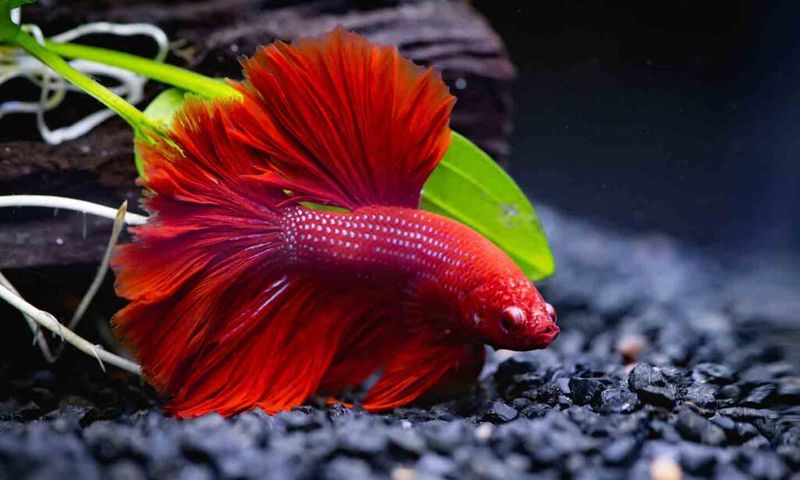
Famous for surviving in tiny cups at pet stores, bettas create a false impression of invincibility. In reality, these gorgeous fighters react poorly to rapid water changes, especially temperature shifts.
Their labyrinth organ allows them to breathe air, but doesn’t protect them from pH swings. Bettas show stress through fin clamping and color dulling. Despite their reputation as “easy” fish, many bettas perish from the shock of improper water changes rather than from poor conditions themselves.
6. Zebra Danios: The Surprising Sensitives
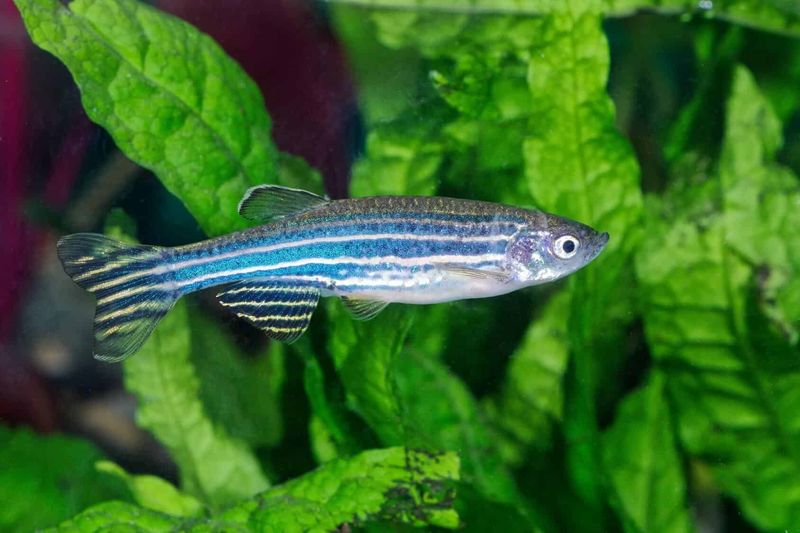
Often recommended as starter fish, zebra danios actually have their limits. While they tolerate established tanks well, they show surprising sensitivity to new setups and dramatic water shifts.
Their rapid breathing and darting behavior intensify when water parameters change suddenly. Native to streams with consistent temperatures, danios particularly dislike cold shocks. Their stress manifests as increased aggression toward tankmates and frantic swimming patterns when water conditions aren’t gradually adjusted.
7. Discus Fish: The Water Quality Divas
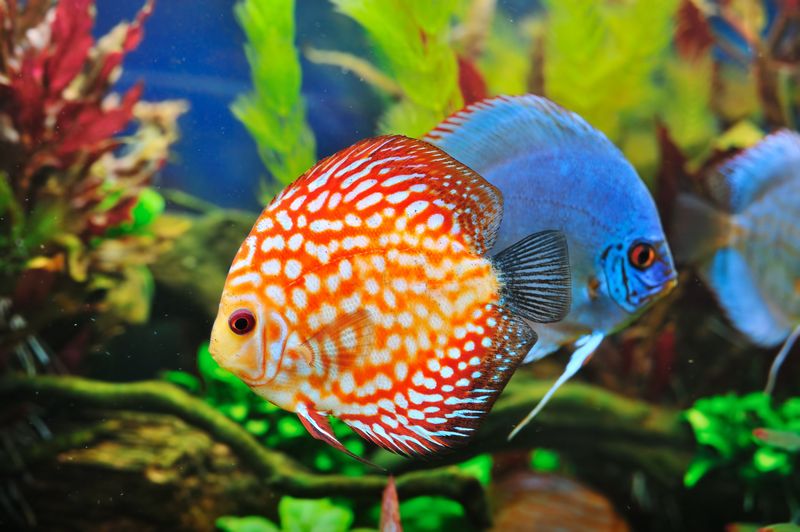
Discus fish demand perfection in their environment. These colorful South American beauties react poorly to even minor shifts in pH or temperature, often developing stress stripes or refusing food when unhappy.
Their thin, disc-shaped bodies make them especially vulnerable to poor water quality. Many experienced aquarists perform daily water changes to keep these sensitive creatures thriving, making them a true labor of love for dedicated hobbyists.
8. Rainbowfish: Colorful Water Connoisseurs
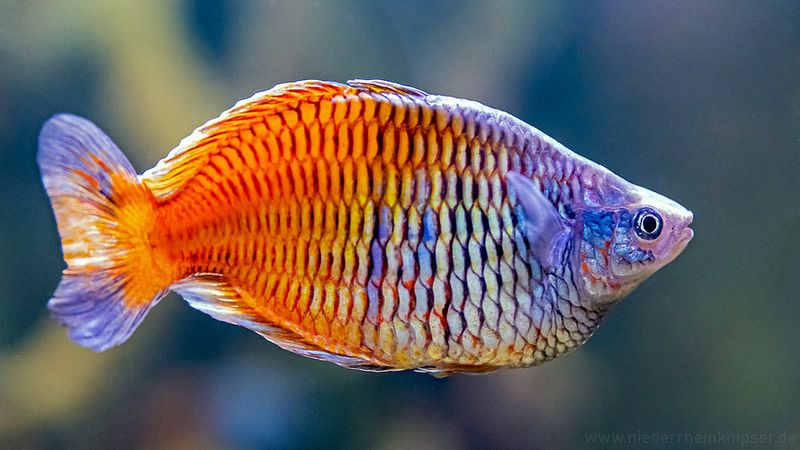
The shimmering colors of rainbowfish dim quickly when water quality fluctuates. These Australian and New Guinean natives develop their best coloration only in pristinely maintained aquariums.
Particularly fussy about dissolved oxygen levels, rainbowfish gasp at the surface when water changes disturb their environment. Their sleek bodies and active swimming style make them popular choices, but many aquarists underestimate their need for stability. Consistent parameters bring out their spectacular metallic hues.
9. Goldfish: The Underwater Tanks
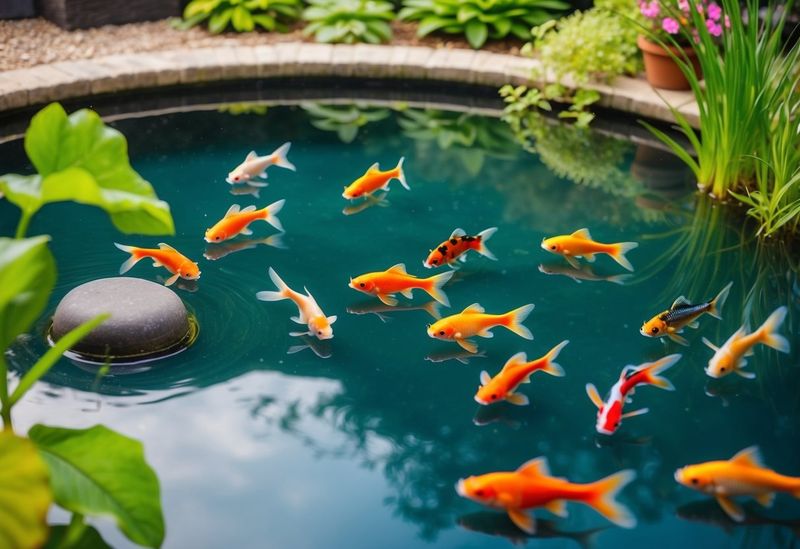
Centuries of domestication have created true aquatic survivors. Goldfish can handle temperature swings that would kill tropical fish, sometimes tolerating seasonal changes from near-freezing to summer warmth.
Their robust metabolism processes a wide range of water chemistries. While they certainly appreciate clean water, goldfish rarely show immediate stress from gradual changes. Their legendary hardiness makes them perfect for outdoor ponds where parameters naturally fluctuate with weather and seasons.
10. Mollies: The Adaptability Champions
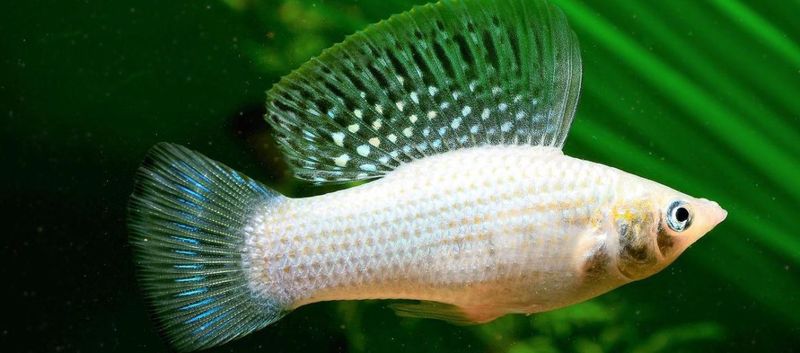
Few fish match the molly’s impressive environmental flexibility. These livebearers naturally inhabit brackish waters where tides constantly change salinity levels, developing remarkable adaptability.
Mollies can transition from freshwater to marine conditions gradually without stress. Their natural habitat includes coastal areas where rain and evaporation create constantly shifting parameters. While they appreciate stability like all fish, mollies forgive water changes that would devastate more sensitive species.
11. Swordtails: The Unflappable Swimmers
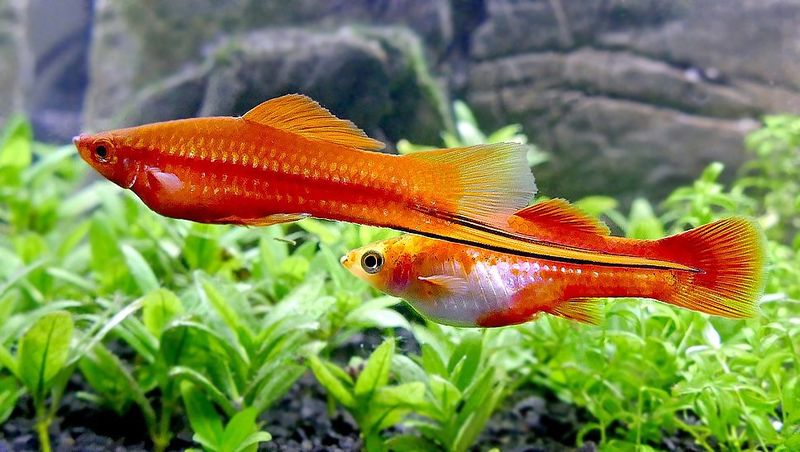
Named for the male’s distinctive lower tail extension, swordtails bring remarkable resilience to home aquariums. These Central American natives naturally experience seasonal changes in their stream habitats.
Their adaptability to pH variations makes them excellent choices for beginners. Swordtails maintain their active swimming and bright colors even during moderate water fluctuations. Their hardy constitution comes from evolving in environments where dry and rainy seasons create natural water chemistry shifts.
12. Platies: The Water Change Warriors

Cheerful and robust, platies rarely complain about changing conditions. Their stocky bodies and bright colors remain vibrant even when parameters shift moderately.
Originally from variable Central American waterways, platies evolved to handle seasonal changes. Their breathing remains steady during water changes that would stress more delicate species. While they can’t survive extreme neglect, platies forgive the learning mistakes that new aquarists inevitably make.
13. Plecostomus: The Armored Survivors
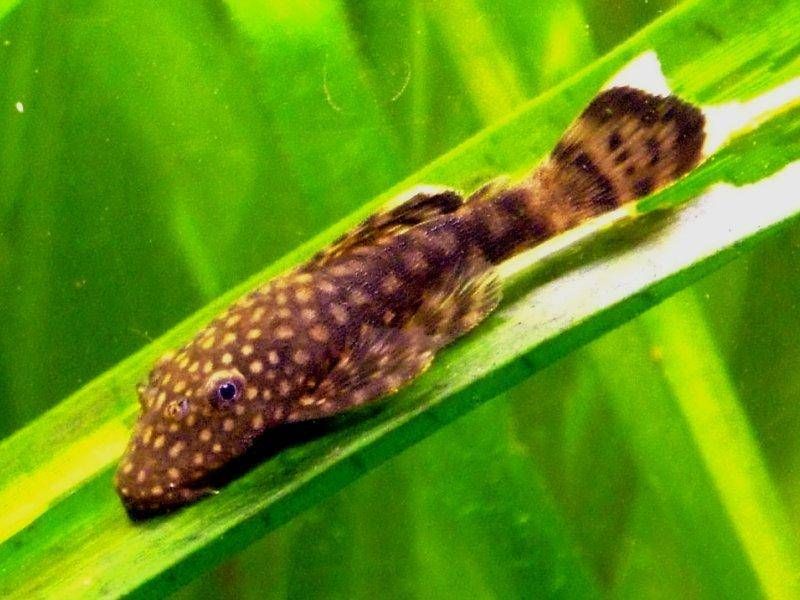
Covered in protective plates, plecos are built for endurance. These armored catfish evolved in South American rivers that fluctuate dramatically between seasons.
A pleco’s thick skin and specialized metabolism allow it to handle changes that would stress more delicate species. Some varieties can even breathe air when necessary! While they prefer clean water, plecos survive parameter shifts that would be fatal to many aquarium fish.
14. Corydoras Catfish: The Cheerful Bottom Dwellers
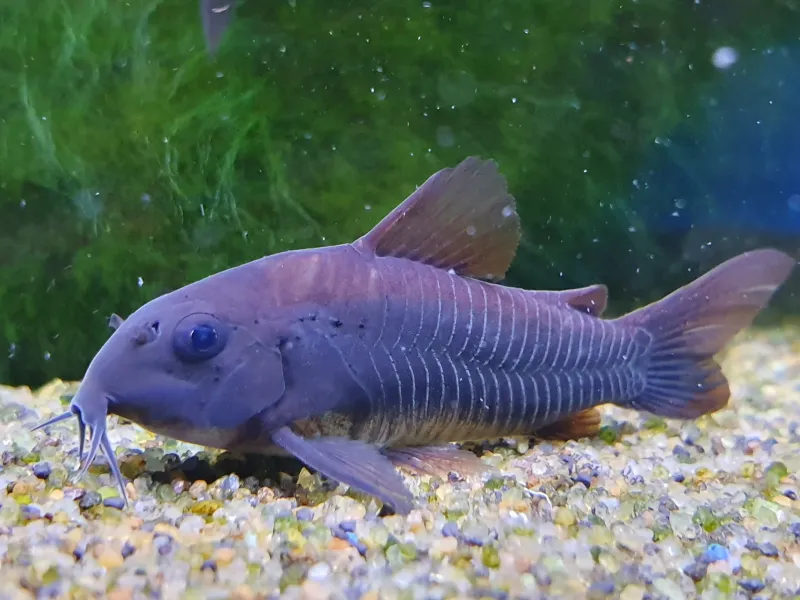
With their perpetually wiggling barbels and armored bodies, corydoras catfish handle changing conditions with remarkable grace. These social bottom-feeders maintain their playful behavior even during moderate water fluctuations.
Originally from variable South American waters, corydoras evolved to survive seasonal changes. Their specialized intestinal breathing allows them to tolerate lower oxygen levels during water transitions. While they appreciate stability, these catfish forgive parameter shifts that would stress more sensitive species.
15. Koi: The Outdoor Survivors
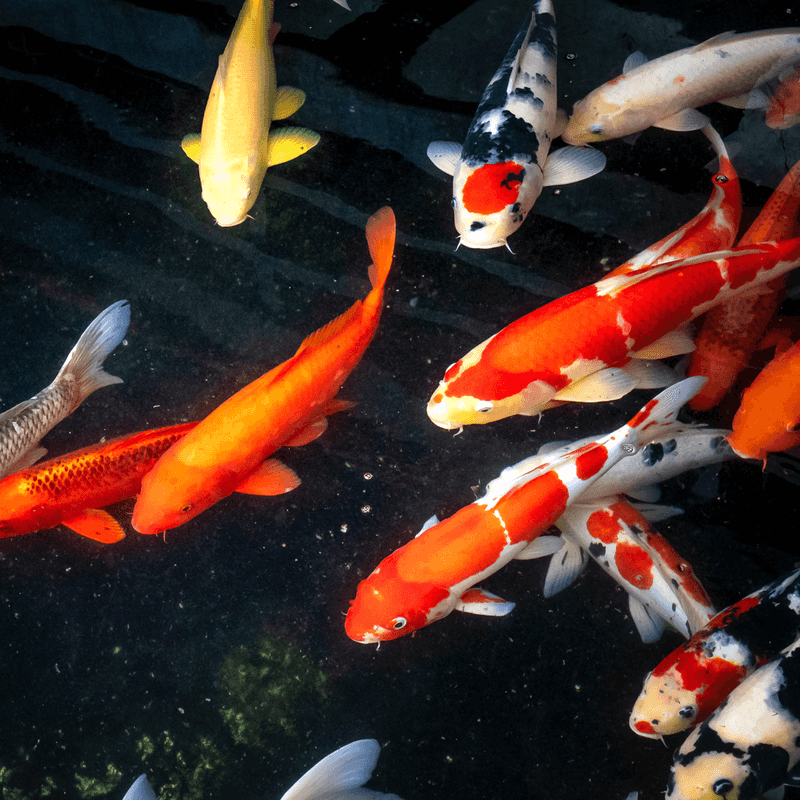
Legendary for their longevity, koi fish demonstrate remarkable resilience to changing conditions. These colorful carp relatives have been known to survive winter freezes and summer heat waves in outdoor ponds.
Koi adapt to seasonal temperature swings that would kill most tropical fish. Their robust immune systems handle parameter shifts with minimal stress. While they certainly benefit from stable, clean water, koi forgive fluctuations that occur naturally in outdoor settings.


